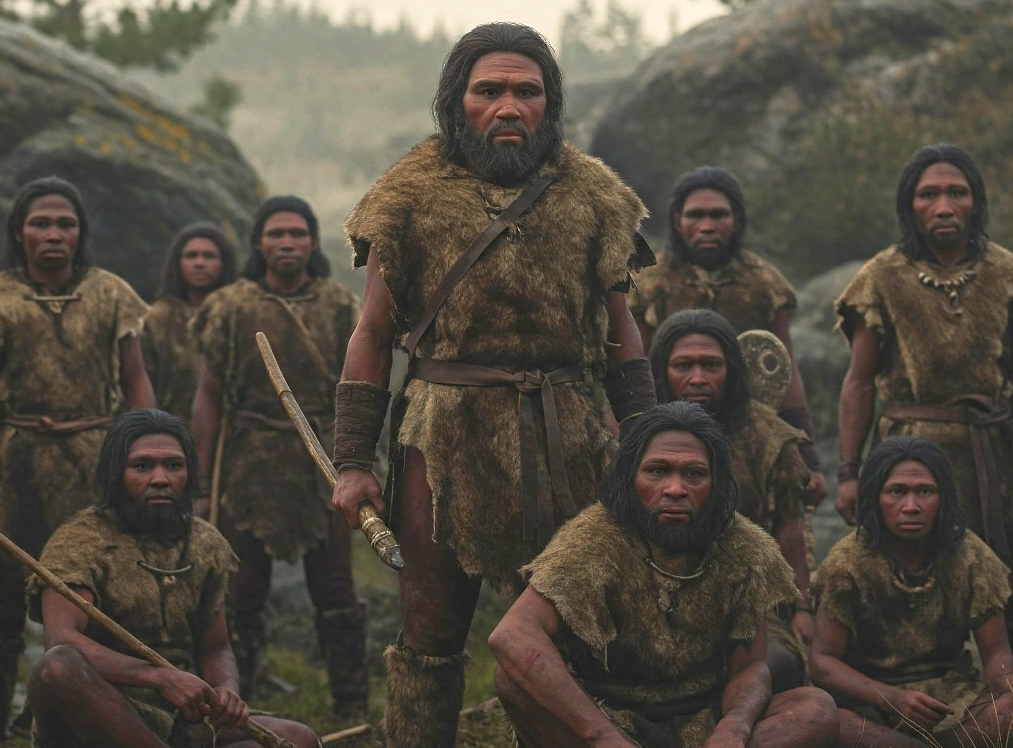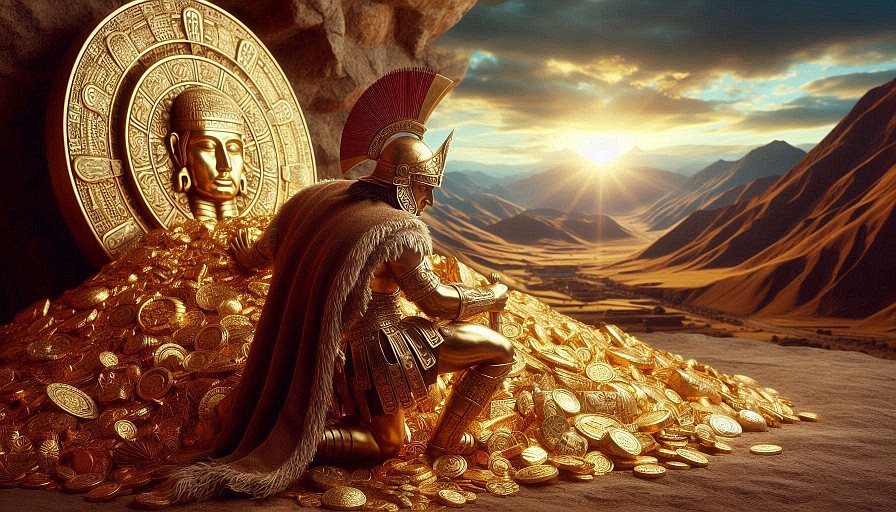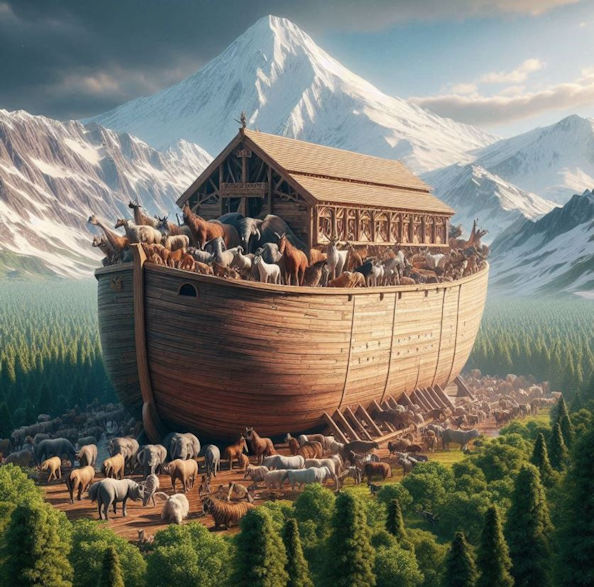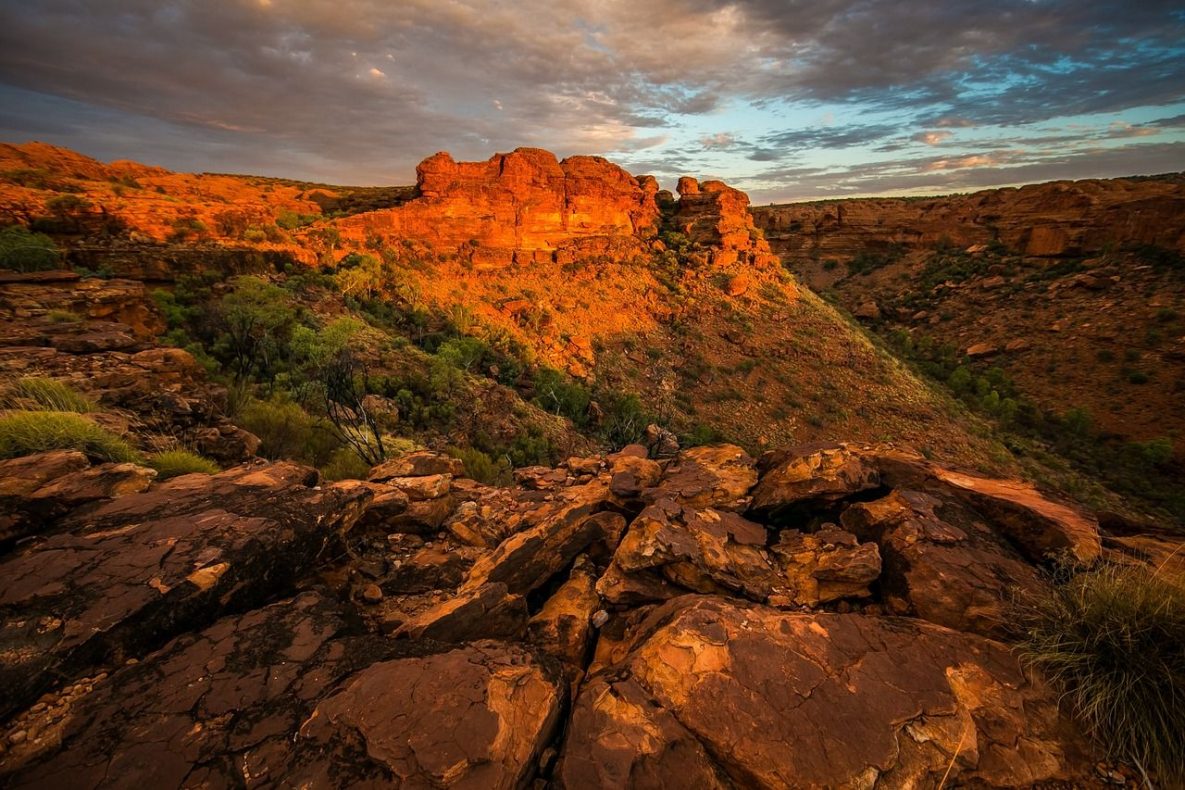
The Grand Canyon, in the State of Arizona, USA is a famous, popular historical site that is a huge national park which is 1,902 square miles, with the canyon being 217 miles long, one mile deep, and its with varying from 4 to 18 miles. On Jan. 11, 1908, the Grand Canyon became an official national monument and it became a national park on Feb.26, 1919. In 2019, the park had 5,974,411 visitors.
There are various stories of the Native American Indians, for many centuries, that speak of an ancient, hidden city of gold within the Grand Canyon.In fact, there are gold deposits in the Grand Canyon; the known gold deposits there are hiding among the silt and gravel in the Colorado River. But, no mining of any type, nor panning is allowed with that national park. Besides the legendary city having large gold deposits, there are also many Native American Indian artifacts of silver and copper. Some weapons, highly decorated clay and ceramic pottery and beautiful jewelry with lots of turquoise.
All of these things contained in a secret man made cave with long passageways to further secret rooms. The entrance to the cave is hidden. Some ancient man made caves, for protection; security within the Grand Canyon are known to explorers. This secret city cave is located near many other caves close to the Colorado River. There are also stories of mummies within the secret cave. And the ancient American Indians if hot climate stares did have mummies of their dead. We will talk about mummies more later on.
Human habitation of the Grand Canyon, with documented evidence , goes back 10,500 years. During the last 4,000 years the first people of the Grand Canyon were the Anasazi. Later on, the Cohonina tribe lived there are as neighbors to the Anasazi. But, by the late 13th century, both tribes moved away, probably because of drought. For about a century, the territory was uninhabited by humans. Then, the Paiute came in. At least 800 years ago, the Havasupai tribe moved in. Sometime in the 15th century, the Navajo or the Dine arrived there. The Pueblo people considered the Grand Canyon (“Ongtupga” in Hopi language) a holy site and made pilgrimages thereto.
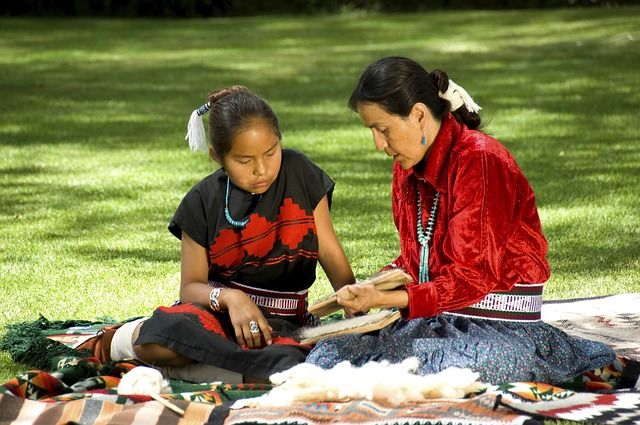
The Indian tribes living today in the Grand Canyon vicinity are the Havasupai, Hualapai, Navajo, and Hopi. The first known Europeans to explore the Grand Canyon were back in September of 1540, when Hopi Indian guides led a group of 13 Spanish soldiers under Captain Garcia Lopez de Cardenas to discover the fabled Seven Cities of Gold, for his superior officer, the Conquistador Francisco Vasquez de Coronado.
The Indian tribes kept secret from the Spaniards the city of gold located in the canyon. While inside the Grand Canyon, the entourage descended a third of the way down, saw a river, but had to turn back for lack of water. The next group of Spanish explorers and pitentisl conquerors would arrive in the canyon in 1776 when Spanish soldiers and 2 Roman Catholic Christian priests were searching for a route from Santa Fe, New Mexico to Monterey, California.
In the 1800’s and 1900’s, the Indian tribes dealt with more white men trying to find all the gold they can in the canyon. In March and April of 1909, the Arizona Gazette published two fictitious stories the twisted around the old, old stories of a secret, hidden city of gold within the Grand Canyon. The characters of the story did not exist, the cave mention did not exist, and there was no archeological expedition financed by the Smithsonian Institute in Washington, DC.
There have been journalists in the 1800’s who confused picture writings of the Native American Indians with the picture writings used by the ancient Egyptians called hieroglyphics. In fact, there are two types of ancient and centuries old rock art found in the Grand Canyon by Native American Indians: pictographs and petroglyphs. Pictographs were made by using a pigment made from plants. The pigment was used as a paint and applied to a surface of a rock. Petroglyphs are rock carvings or rock etchings.
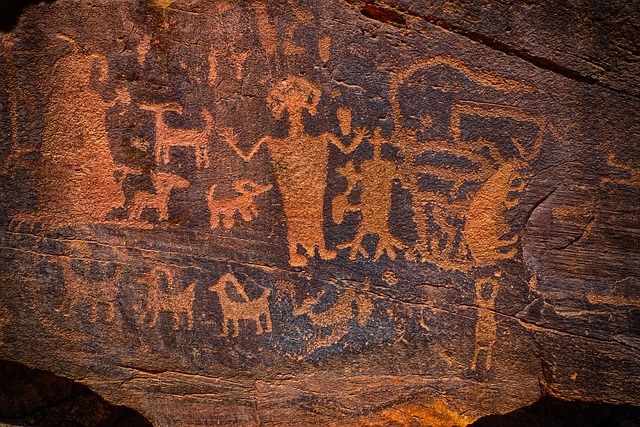
Also, many journalists of the 1800’s wrongly thought only the ancient Egyptians had mummies. Since ancient times, Native American Indians in hot climates territories did have mummies. But, these mummy’s were not the all bonded up with strips of linen or dried out papyrus like ancient Egyptian mummies. These American mummies were coated in a special resin over the corpses.
At times, Indians and Egyptians had mummies from corpses being buried in dry hot sand pits in areas with no or little rainfall that greatly preserved them. Also, journalists in the 1800’s wrong thought only the ancient Egyptians had pyramids.
Civilizations like the Olmec, Maya, Azetc, and Inca all built pyramids to house their deities, as well as to bury their things. In many of their great city-states, temple-pyramids established the center of public life and were the location of religious rituals, including human scarifies. The pyramids of Native American tribes and the ancient Egyptians look somewhat different.
Much of the accomplishments and ways of the Native American Indians, in the 1800’s, were erroneously thought of occurring from ancient Egyptians in the Americas. And while Buddhism and Buddhist statutes are anciently common with people from India, in the 1800’s in America, some people erroneously equated Native American Indians as Buddhists, forgetting that the term “Indians” can also apply to the Indians of India.
